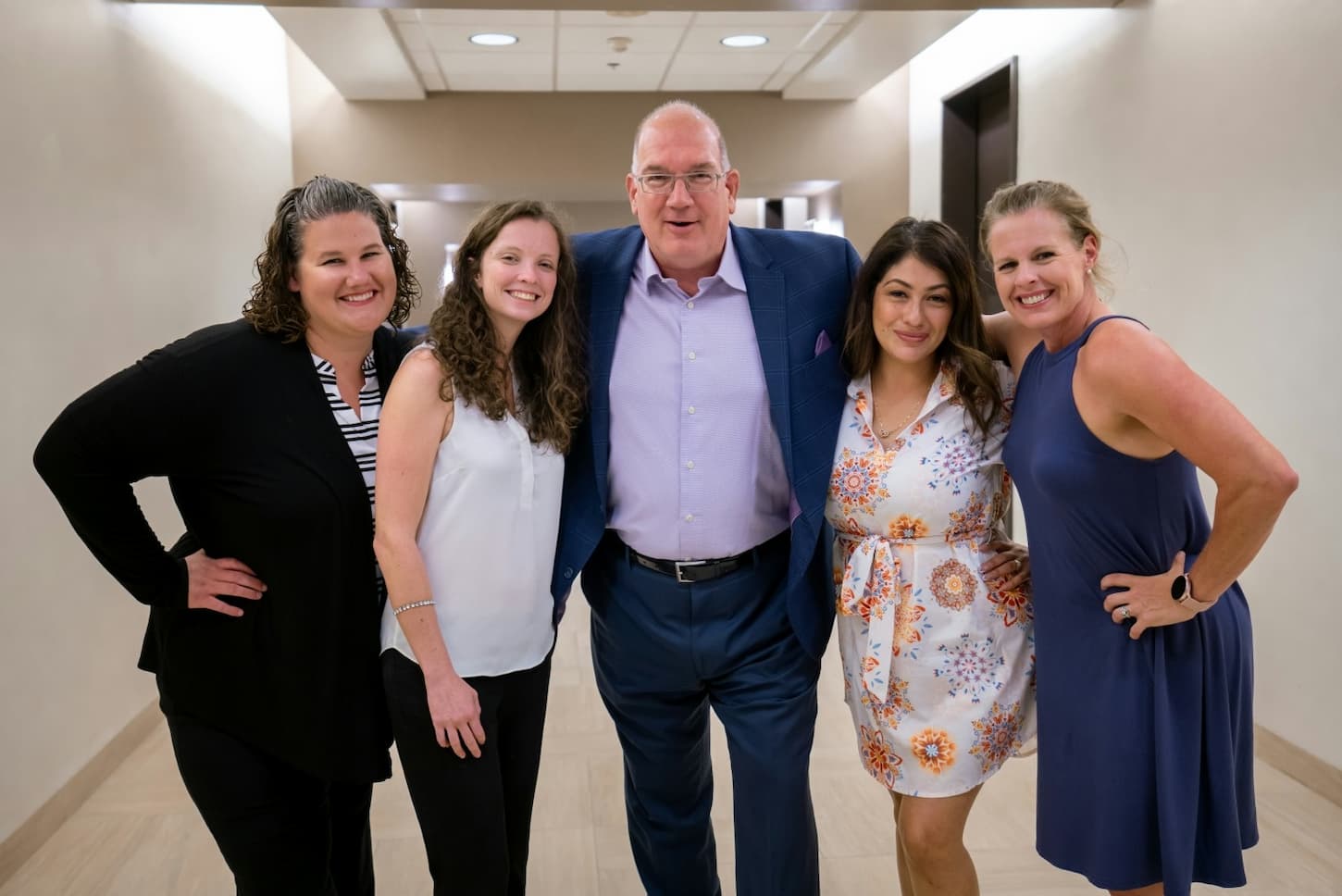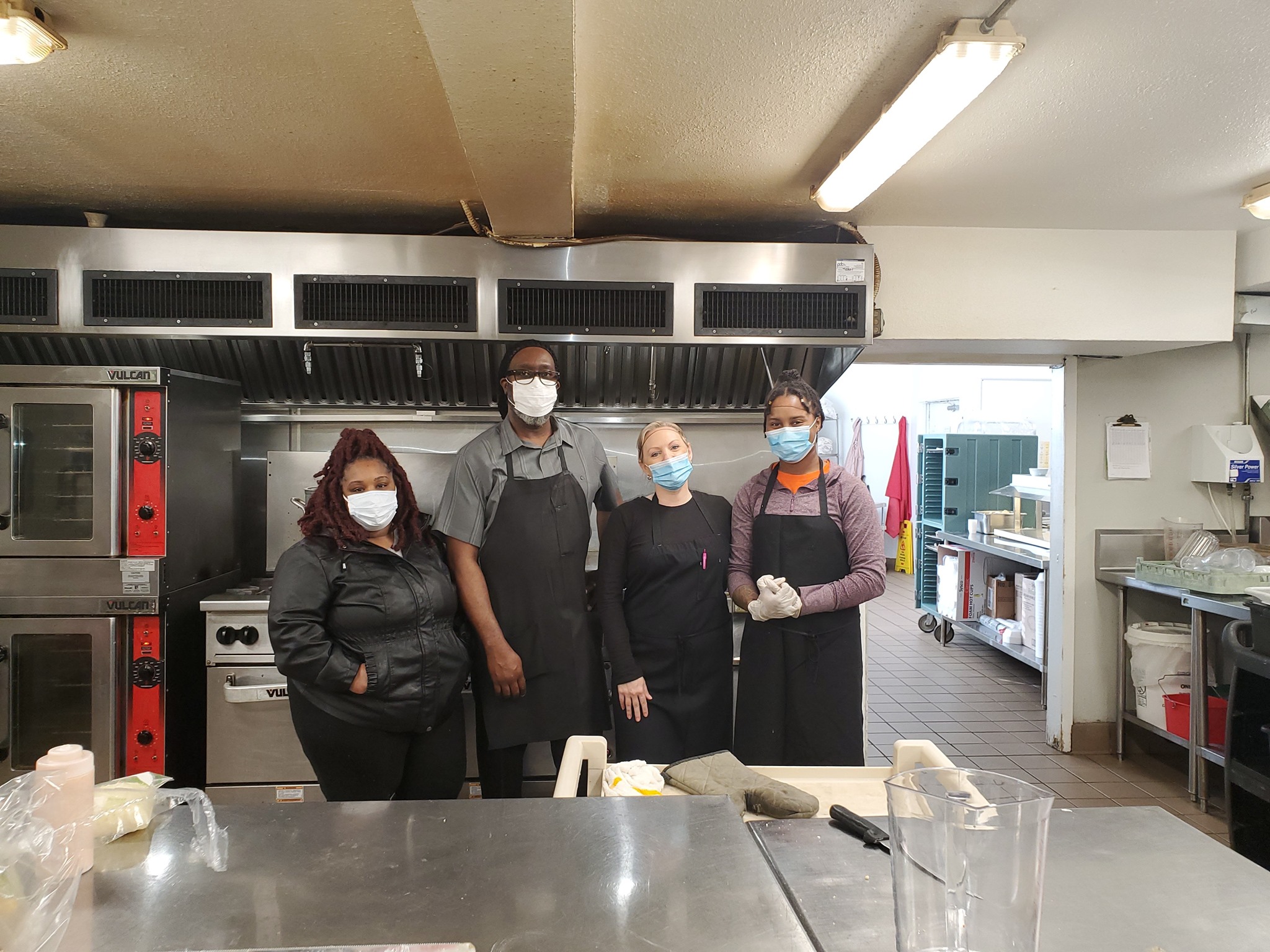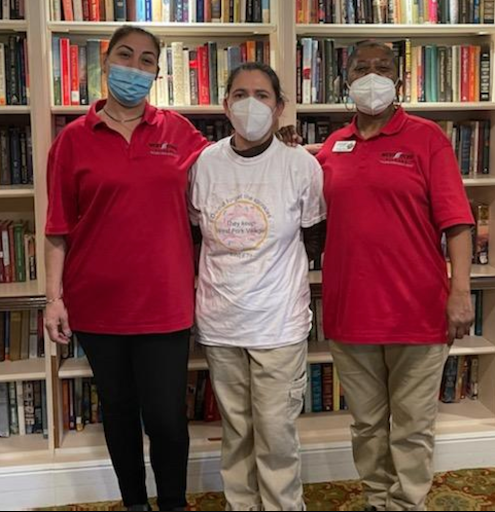In the wake of the pandemic, the senior living industry has been bombarded with many challenges. The one that can be the most crippling for senior living operators is labor shortages. AHCA NCAL reports from Bureau of Labor data that the senior living industry lost 6.7% of employees since the beginning of the pandemic.
This decrease in the labor force has caused operators and management companies to think creatively in recruiting and retaining good employees.. What can teams do to overcome these challenges of labor shortages?
Challenges of Labor Shortages
When we think of labor shortages, we instantly think of having not enough staff. And that is true, but it’s not the only challenge labor shortages cause. It causes increased turnover because of low risk for employees of switching positions, rising wages and wage competition created from an influx of positions and not enough people to fill them, and caregiver burnout from communities being understaffed.
 Labor Turnover
Labor Turnover
One of these challenges caused by labor shortages is labor turnover. Turnover may not seem like it would be a notable challenge, but it has many underlying issues as well. According to BuiltIn, the cost of turnover of 1 employee is 1.5 to 2 times that employees annual salary. Taking into account the cost of overtime other employees have to cover this turnover until a replacement is found, and these monetary costs continue to pile up.
Rising Wage Competition
According to MAU News, advertised wages have risen 16% in just 1 year. Usually high volumes of open positions results in lower wages. However, with the lower working population, filling those positions is increasingly difficult. Raising wages is the only way to stay competitive, and with the massive decrease in available workers, staying competitive is the only way to keep employees.
Caregiver Burnout
Burnout is a common phrase heard among working professionals, especially those in the healthcare and “helping” industries. Integris Health identifies 5 stages of burnout, and how the effects, if left untreated, can lead to anxiety and depression.
The result can be personally detrimental, but can also affect businesses with lower productivity, decreased efficiency, and lack of energy and empathy. Even though burnout looks different in different stages and for different people, there are key causes of burnout.
The main causes of caregiver burnout are:
- High emotional demands
- Conflicting demands
- Ambiguity of roles
- Conflicting policies and procedures
- Lack of privacy or boundaries
- Lack of consistency and structure
- Continually high workloads
The icing on top of this labor shortage cake is that burnout, rising wage competition, and turnover all feed into each other to escalate and amplify the effects of the cycle. One part cannot be fixed without simultaneously fixing all of the other components.
How 12 Oaks Senior Living Responds
With every new challenge, how we face and overcome these obstacles is a testament to our core values and process for handling them. 12 Oaks uses a systematic process for handling situations. The first step is to set and identify the goal. The next step is implementing a strategy. Lastly is utilizing proven tactics that generate your desired result and evaluating consistently to adjust, if needed, to meet the goal.
 Culture
Culture
What is the best way to not deal with staff turnover? Retention. It’s a simple answer, but not so simple to implement. A key element to retention is culture. 12 Oaks knows how important team members are to success as a whole.
“That’s a little bit of the 12 Oaks’ secret sauce, investing in our people, because it’s our people who make a difference at our communities.” – Greg Puklicz
Creating a culture and environment where team members are empowered to grow and thrive is so important at 12 Oaks. With each new employee, 12 Oaks management takes intentional steps to create a welcoming culture, such as implementing buddy programs and great place to work surveys. 12 Oaks management uses employee survey feedback to create action plans for employees.
Nurturing employees and investing in employee development is crucial to the 12 Oaks management team. It is imperative that employees have the tools and resources needed because they are the face of communities. Employees make the difference for the communities and residents.
Staffing and Cost Management
Like other aspects of operations, 12 Oaks tracks hiring and retention. Unlike other operators, 12 Oaks does all recruiting in-house, saving money and increasing the quantity and quality of hires. In February, 12 Oaks recruited 100 new employees to fill various positions, providing career pathways and opportunities for local employment.
Since overtime can be so costly to communities, 12 Oaks Executive Directors take ownership to utilize the collected results of overtime pay and employee availability. An emphasis is placed on analyzing time management and working to find hiring and employee solutions to decrease overtime pay.

Overtime itself is a big cost, but decreasing overtime also reduces burnout and therefore turnover and increased wage competition. By analyzing scheduling, we can track overtime, labor costs, and efficiency with great visibility and detail. With 60% of 12 Oaks expenses being labor costs, being able to track labor in detail gives management the insights to effectively control and manage staffing costs in the operations of our senior living communities.
The Dallas, Texas-based third party management team is passionate about the senior living industry and aims to partner with owners who are looking for a competitive advantage in addressing labor challenges and staffing.
Let’s talk about management and consulting to see how 12 Oaks can help your portfolio.

